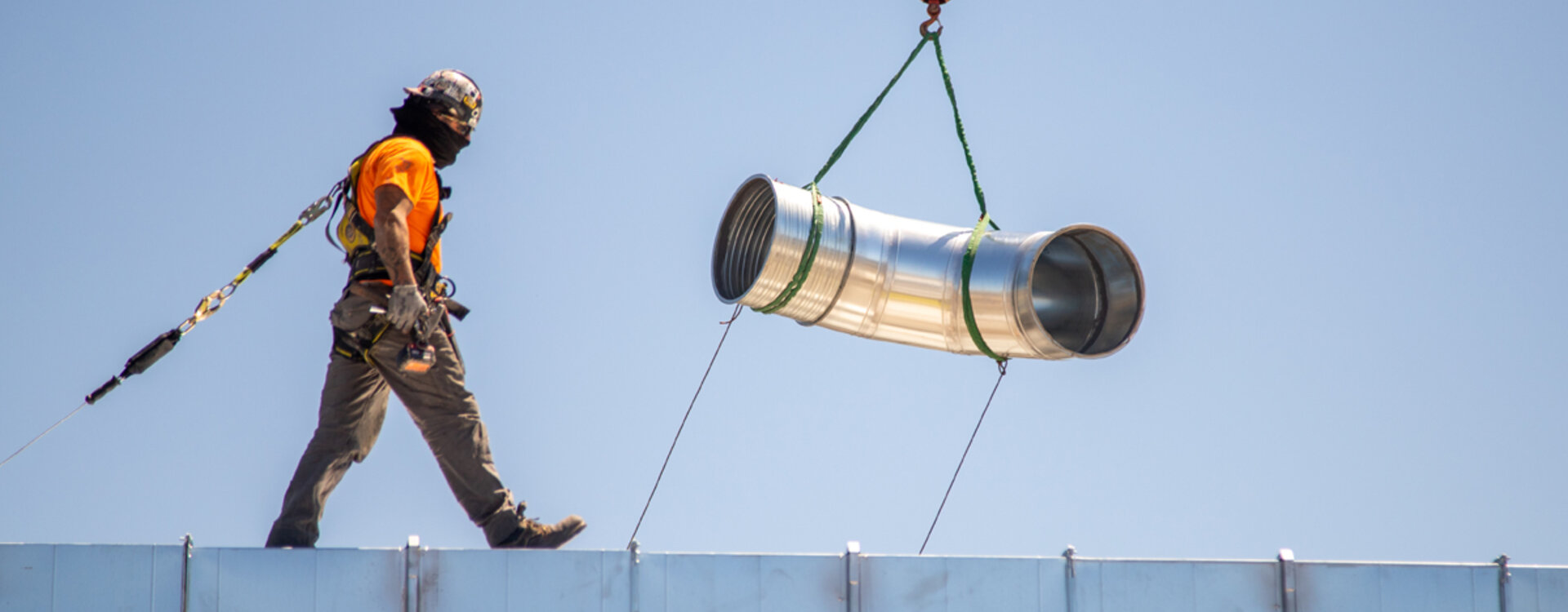
With safety as a main goal for many within the construction industry, empowering people, utilizing technology, and creating a culture of safety that is introduced, maintained, and reinforced is a strong strategy for success.
With a myriad of safety challenges and unanticipated dangers, trying to keep workers and jobsites safe is a constant challenge. Even with safety training, procedures, and implementation practices, unforeseen dangers and accident can still occur. But, with clear goals, effective training, and measurable impacts, a safer work environment can be created for everyone.
Although safety standards are not new principles, the construction industry has increasingly recommitted to upholding more stringent and expansive safety standards in recent years. However, the goal of reducing safety risks overall isn't a singular strategy — it includes a combination of higher standards that are adhered to, more effective technology incorporated into practices, a willingness from the workers and company to put safety measures into practice, and incentives to maintain momentum.
Specifically, when trying to reach safety goals, training and long-term impact effects are great areas to examine. Focusing on actionable items and end goals helps identify areas of concern and ways in which to address them. Whether it's streamlining safety procedures or ensuring accuracy to prevent common human errors, technology can be used as a tool.
For example, having reached an all-time high of an at-fault vehicle incident rate, Envise's Mid-Atlantic branch set out to lower this rate and achieve an ambitious goal. With a heavy vehicle-based business and with many service workers relying on travel to perform their job, deliberate, but simple actions were taken to reduce the at-fault vehicle incident rate and increase employee engagement in additional safety practices.
To kick off this process, a vehicle safety initiative was designed to raise awareness, reduce accidents, increase compliance, and create a little fun. The initiative was launched in January of 2019 and included incentives for employees to complete driving modules each month, have no at-fault vehicle accidents, and not exceed speeds of 80 mph recorded via an installed GPS unit for the quarter.
Throughout this ongoing specific safety initiative, nearly $35,000 was saved in direct costs per claims and the fault incident rate dropped by over 7 points. Additionally, a significant amount of fuel spending was saved, and injuries and property damage were greatly reduced.
With safety as a main goal for many within the construction industry, empowering people, utilizing technology, and creating a culture of safety that is introduced, maintained, and reinforced is a strong strategy for success. Through our own initiatives, we have seen how safety goals can be achieved through deliberate plans and engagement to create a safer environment for all.
Division Safety Manager
As Division Safety Manager, Rob Ritchie is responsible for overseeing all safety efforts within our Energy Division. With over 25 years of experience, Rob has worked in multiple areas of safety, including gas and oil, civil, general industry, and military.




